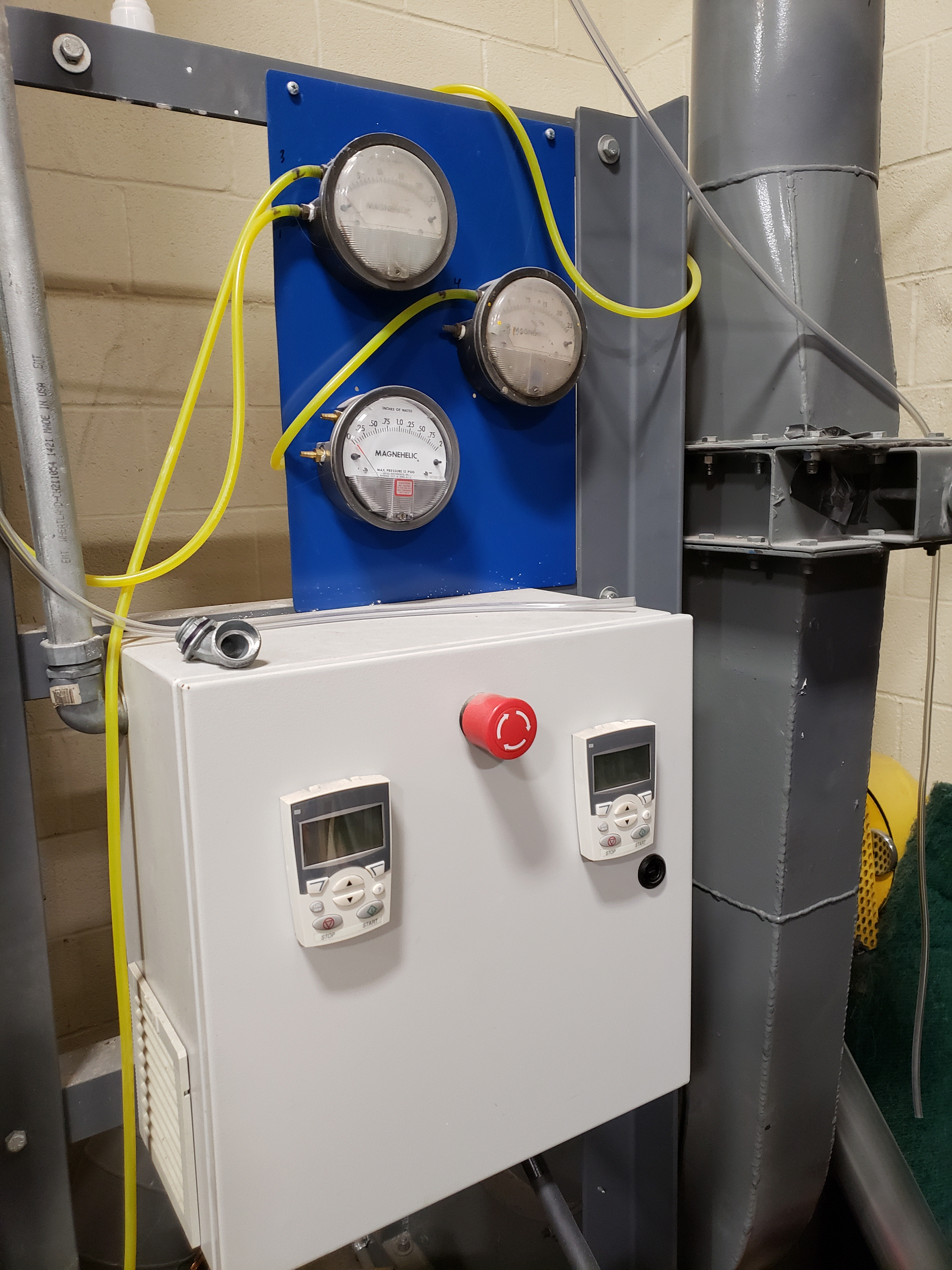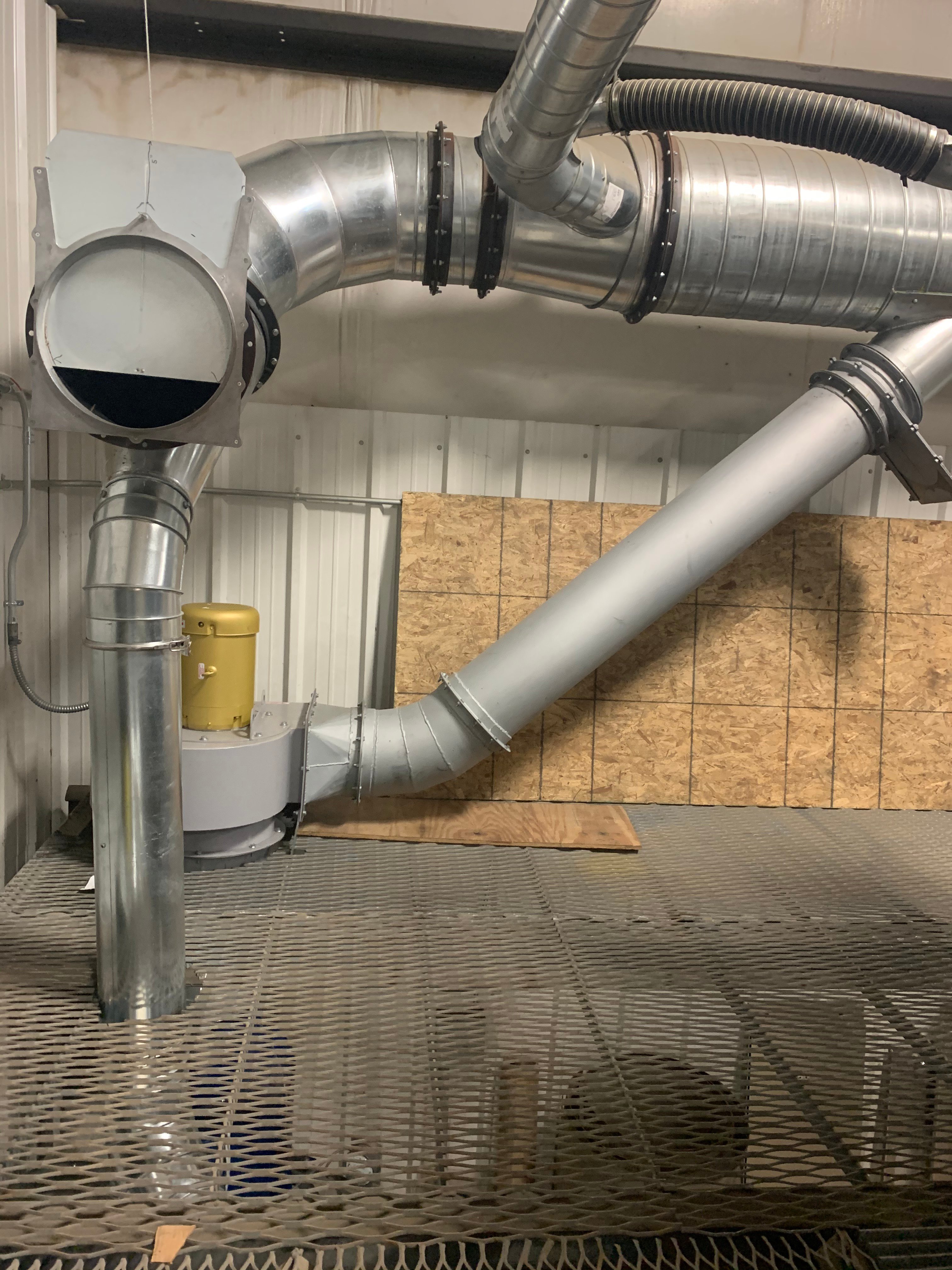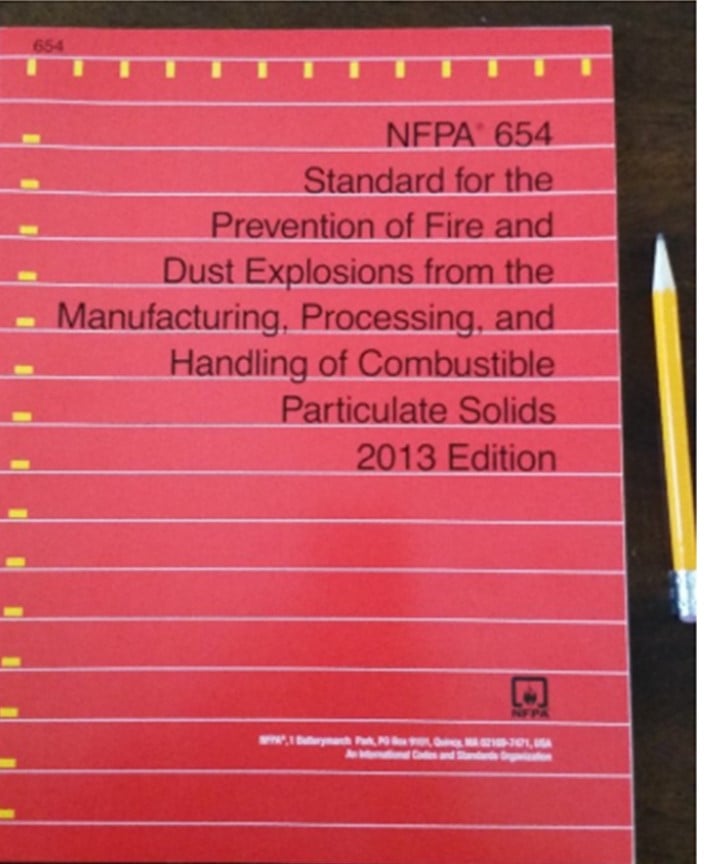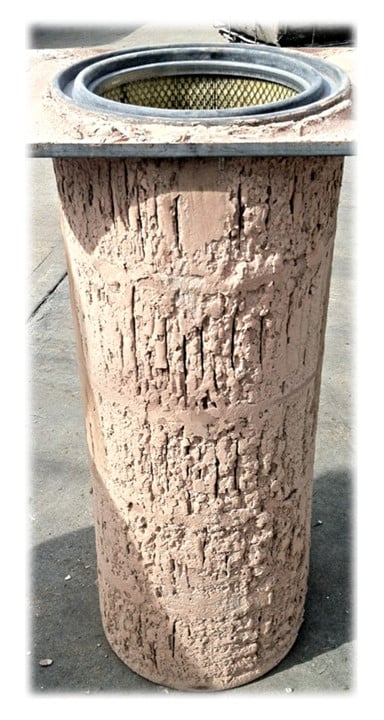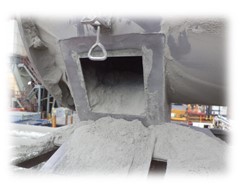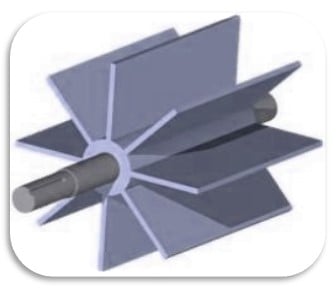Dust collectors have multiple accessories that can be used to help optimize the system. Some are used to protect the system, some are used to monitor the system, and some are used to make the system operate smoothly. The following blog is a quick description of a few of them.
Meters
- Airflow meters – allow you to measure the airflow through the system. Effective to know if your system is operating correctly.
- Differential pressure gage – used to monitor the pressure drop through the dust collector. Often can warn you if your dust collector is having an issue (sudden change in pressure drop) or when maintenance is required (high or low pressure drops).
- Level meter – allows you to monitor the amount of material in your hopper. This will tell you if you’ve bridged the hopper, your airlock stopped, etc.
- Temperature gage – allows you to monitor the temperature of your system and prevent damage to components such as filters, seals, instrumentation, etc.
Valves and Tools
- Vibrators – allow you to shake material in the hopper, preventing bridging.
- Air nozzles – blow compressed air into the hopper preventing dust from settling and bridging
- Airlocks – allows material to leave the dust collector hopper and prevent air from passing through (entering or leaving the system)
- Zero speed switch – used to monitor the airlock to make sure it is operating and inform the operators when it stops.
- VFD – perhaps the most useful of all this allows you to increase or decrease the airflow in the system by adjusting the operating speed of the exhaust fan.
Explosive Applications
- Explosion vent – mounted on the dust collector, it allows an explosive overpressure to relieve in a controlled fashion preventing destruction of the dust collector and surrounding areas.
- Flameless explosion vent – similar to the above but designed to cool down the release so no flame is vented out. Can be used indoors.
- Chemical suppression – used to inject an inert material into the dust collector which will prevent the dust in the vessel from exploding.
- Thermal sensor – monitors the heat in the dust collector and is used to activate chemical suppression.
- Pressure sensor – monitors the pressure in the dust collector and is used to activate chemical suppression when over pressure is measured.
- Isolation gate – installed before the dust collector, this prevents an explosion in the dust collector from moving back into the building and the rest of the process.
To learn more about which dust collector, please contact our experts at 440-543-7400 or visit our website: www.dustcollectorhq.com.
To improve efficiency and safety, there is no substitute for an on-site inspection by an experienced expert. Click below to start with a free 20-minute phone consultation by clicking the button.

